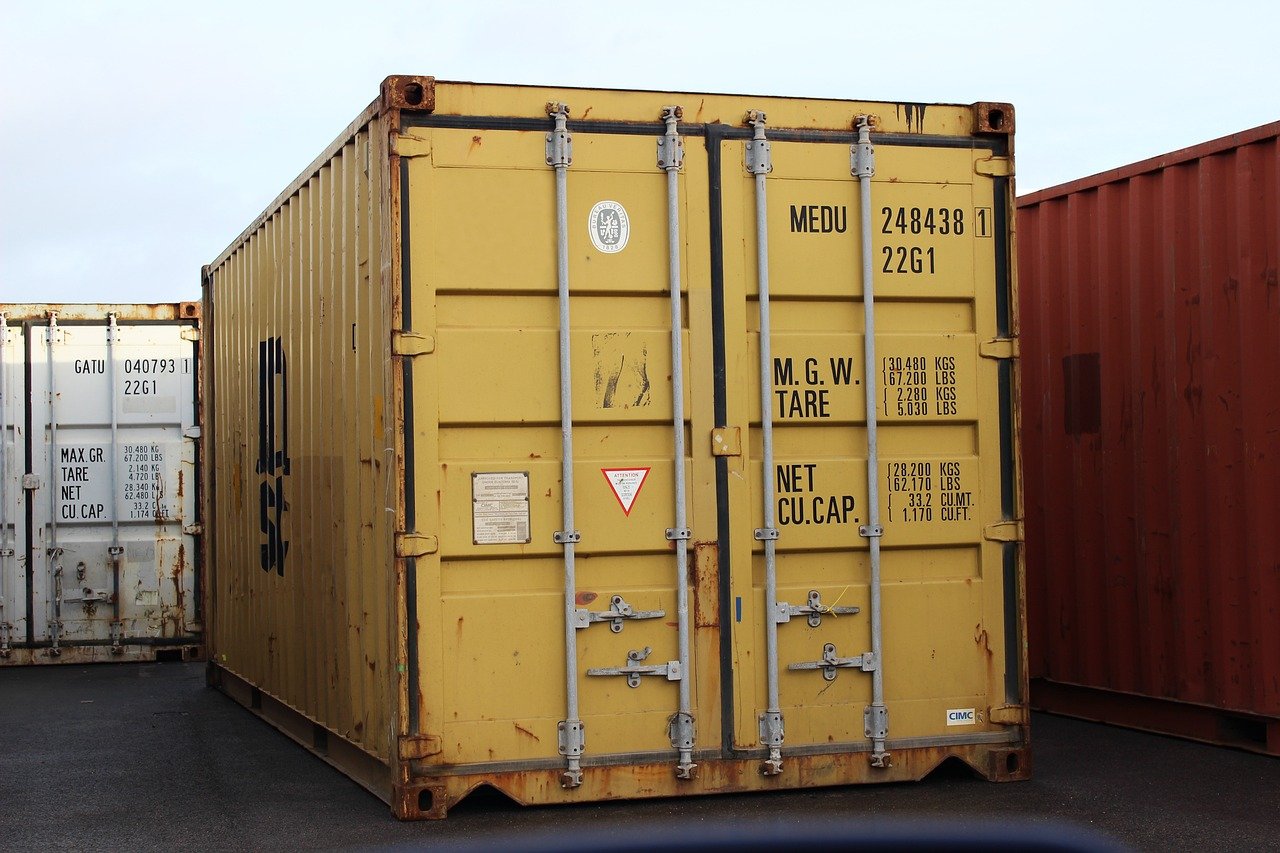Shipping containers, indispensable to global trade, rely heavily on the strength and durability of their floorboards. These floorboards are crucial in ensuring that the containers can withstand the rigors of transportation and the various loads they carry. This comprehensive analysis delves into the different materials used, the essential characteristics of these floorboards, and recent innovations that are shaping the future of container flooring.
1. Materials Used in Shipping Container Floorboards
The traditional material for container floorboards has been hardwood, specifically species like apitong (also known as keruing) and other tropical hardwoods. These woods are favored due to their high density, strength, and natural resistance to wear and tear. However, the environmental impact of sourcing these woods has led to a shift towards more sustainable alternatives.
Hardwood: Apitong or keruing, a dense, tropical hardwood, is the most commonly used material. It offers excellent durability and strength, making it ideal for withstanding the heavy loads and rough handling typical in shipping and logistics.
Plywood: Plywood made from a mix of tropical woods is another prevalent option. It’s usually constructed with multiple layers to enhance strength and durability. The plywood used in containers typically adheres to strict international standards, ensuring it meets the necessary durability and safety requirements.
Bamboo: Bamboo has emerged as a sustainable alternative to hardwoods. It grows quickly, making it an environmentally friendly option. Bamboo flooring is strong and resilient, comparable to traditional hardwoods, and its use in containers is becoming more widespread due to its sustainability.
Recycled Materials: Some container floors are now being made from recycled materials, including recycled wood and plastics. These materials not only reduce the environmental footprint but also often offer comparable durability to traditional hardwoods.
2. Key Characteristics of Shipping Container Floorboards
The choice of material for container flooring is guided by several critical characteristics:
Strength and Load Capacity: The floor must withstand the weight of heavy cargo, forklifts, and other equipment used during loading and unloading. Hardwood and bamboo are particularly favored for their high strength-to-weight ratio.
Durability: Container floors must resist wear and tear from heavy loads and continuous use. Plywood and bamboo offer excellent durability, with bamboo often outlasting traditional hardwoods due to its resilience.
Moisture Resistance: Since containers are often exposed to varying weather conditions, moisture resistance is crucial to prevent warping, swelling, and decay. Most container floorboards are treated with sealants or coatings to enhance their moisture resistance.
Pest Resistance: Containers often travel across different climates and environments, making them susceptible to pests. Hardwood and bamboo naturally resist pests, but additional treatments are sometimes applied to enhance this protection.
Compliance with International Standards: Container floors must comply with various international standards, including those related to load-bearing capacity, material composition, and safety. Standards like ISO 1496 and CSC (Convention for Safe Containers) ensure that floors meet the necessary safety and durability requirements.
3. Types of Floorboards in Shipping Containers
While traditional hardwood and plywood are the most common materials, the evolution of shipping container design has introduced a variety of floorboard types, each suited to specific applications:
Steel Floorboards: Used primarily in refrigerated containers (reefers) and some high-strength applications, steel floors offer superior durability and load-bearing capacity. However, they are heavier and more expensive than wood-based options.
Aluminum Floorboards: Aluminum is lightweight, resistant to corrosion, and durable, making it ideal for specialized containers where weight reduction is crucial. However, aluminum floors are less common due to their higher cost.
Composite Materials: Some modern containers use composite materials that combine wood fibers with resins or other materials to create strong, durable floorboards. These composites can offer the best of both worlds—strength, durability, and moisture resistance—while being more environmentally friendly.
4. Innovations and Environmental Considerations
As the shipping industry faces increasing pressure to reduce its environmental impact, innovations in container flooring are becoming more important. Sustainability, durability, and cost-effectiveness are the driving factors behind these innovations:
Eco-Friendly Adhesives: Traditional plywood floors often use adhesives that contain formaldehyde, a harmful chemical. Newer, eco-friendly adhesives are now being used to reduce the environmental impact of container flooring production.
Sustainable Sourcing: The shift from tropical hardwoods to bamboo and other fast-growing materials reflects a broader trend towards sustainable sourcing. Bamboo’s rapid growth and high renewability make it an attractive alternative to slower-growing hardwoods.
Recycling and Reuse: End-of-life container floors are increasingly being recycled or repurposed. Recycled materials are being used in the production of new floors, reducing the demand for virgin resources and minimizing waste.
Nanotechnology and Advanced Coatings: Emerging technologies are being used to create advanced coatings for container floors, enhancing their resistance to wear, moisture, and pests. These coatings can extend the lifespan of container floors, making them more durable and cost-effective in the long run.
5. Challenges and Future Directions
Despite the advances in materials and technology, several challenges remain in the development and implementation of shipping container floorboards:
Cost vs. Durability: There is often a trade-off between the cost of materials and their durability. While bamboo and composite materials offer excellent sustainability, they can be more expensive than traditional hardwoods.
Standardization: As new materials and technologies emerge, there is a need for updated standards to ensure consistency in quality and safety across the industry. The development of international standards for new materials like bamboo and composites is ongoing.
Environmental Impact: While the shift towards sustainable materials is positive, the environmental impact of container flooring production, transportation, and disposal remains a concern. Continued innovation and regulation are needed to minimize this impact.
Conclusion
Shipping container floorboards are a critical component of the global logistics infrastructure. The ongoing evolution of materials, technologies, and standards is driving improvements in the strength, durability, and sustainability of these floors. As the industry continues to innovate, the future of container flooring looks promising, with a clear focus on balancing performance with environmental responsibility.


